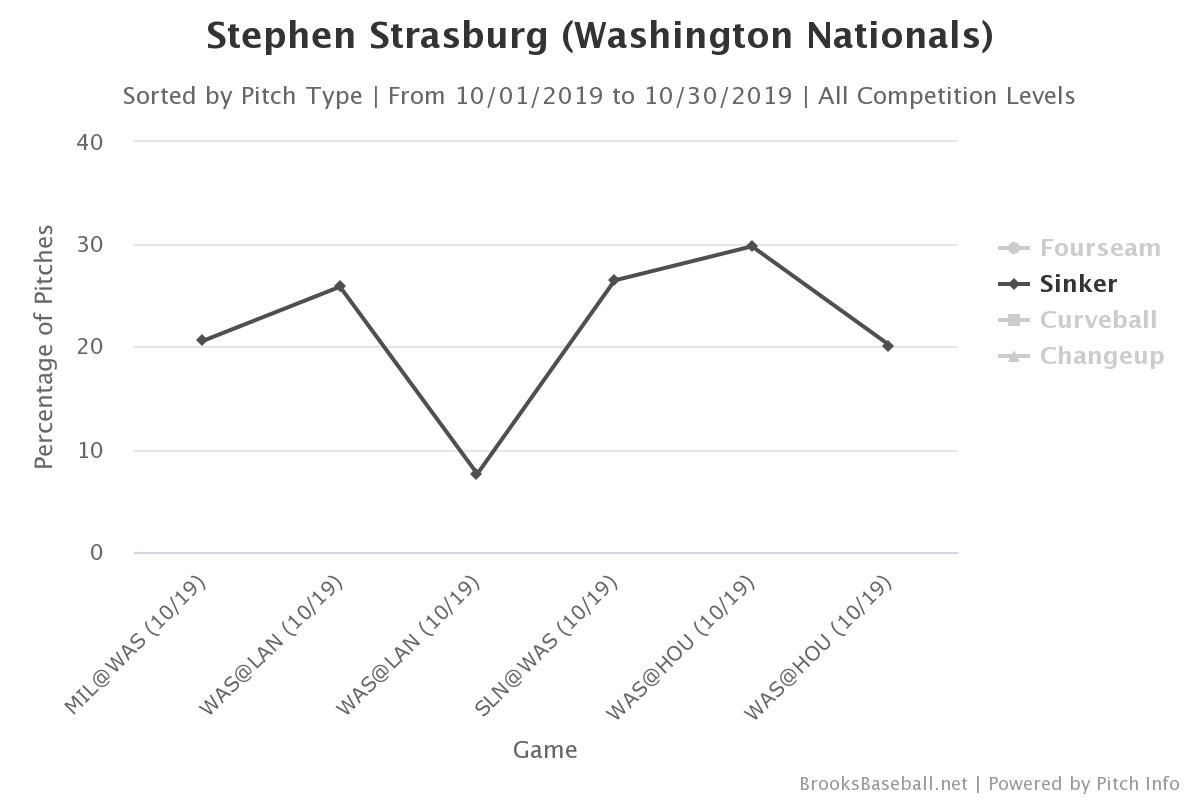Getting Ejected From the World Series Has Always Taken a Lot of Screaming
Nationals manager Dave Martinez was ejected from Game 6 of the World Series last night. According to Jayson Stark, his simmering rage was set aflame by third-base umpire Gary Cederstrom telling him to “control your dugout,” which had come alive with criticism of the events of the evening, chiefly the squabble that erupted in regards to Trea Turner being called out at first for interference in the seventh inning.
Normally, a manager getting ejected isn’t incredible news, but everything with “World Series” in front of it becomes more distinct and historic, including the screaming.
To learn how Martinez’s ejection measures up with his equally ejected World Series predecessors, we can find plenty of singular instances dotting history. The first occurred in 1907, when Tigers manager Hughie Jennings was “shooed” away by the umpire for “back talk” regarding a play at second base, according to the St. Louis Dispatch. This characterized the majority of the disputes that ended in aggressive thumb-movements by the umpires over the next two decades in the Fall Classic, except in the case of “Wild Bill” Donovan, who was ejected from a World Series game in 1909 for talking to his third base coach for too long. But to be a part of the golden age of World Series ejections, there’s no question that we have to go back to the 1930s. Read the rest of this entry »


